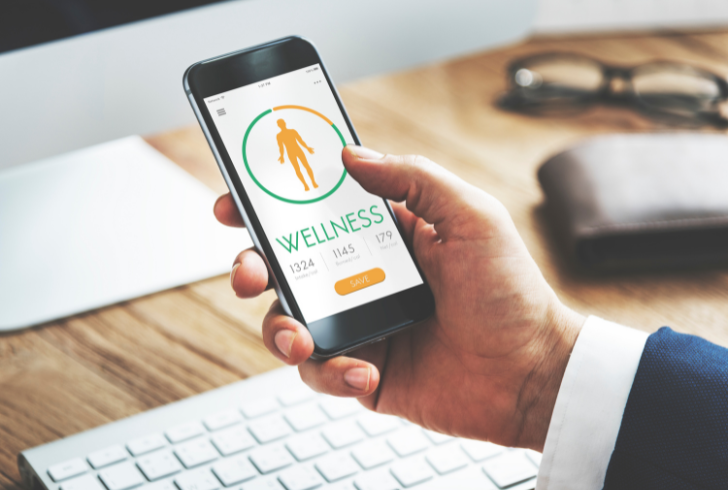The Hidden Reason Corporate Wellness Fails (And How to Fix It)
Workplace wellness sounds like a great idea on paper. Meditation apps, gym discounts, and mindfulness workshops are popping up everywhere—but very few employees are actually using them. The issue isn’t a lack of options. It’s a lack of engagement.
Companies are pouring billions into wellness perks, yet stress levels remain sky-high. Why? Because these programs often miss the mark in how they’re delivered. They’re complicated, scattered, and forgettable.
The Cost of Disconnection
In the U.S. alone, around $65 billion is spent annually on wellness initiatives. Still, 77% of employees report feeling stressed, and 82% say they’re at risk of burnout. These numbers suggest that the problem isn’t investment—it’s utilization.
Even large-scale studies like those from RAND Corporation reveal a disappointing truth: fewer than half of eligible employees engage with these programs. And for digital-only options, it’s even worse. App overload and “perk fatigue” make it harder for people to remember what’s available, let alone use it.
Why Engagement Is Everything

Freepik | Multiple ununified wellness platforms with separate logins cause mental exhaustion for users.
Wellness programs don’t fail because workers don’t care about their health. They fail because accessing these benefits often feels like another task on a long to-do list.
Most companies piece together various wellness tools—mental health apps, fitness trackers, coaching platforms—without unifying the experience. That means multiple logins, passwords, and platforms. It’s mentally exhausting. A sleep-tracking app won’t help someone who can’t even remember where to find it.
The result? Perks that sit idle. Wellness that’s invisible.
One App. One Experience. Big Impact.
A recent study by YuLife and the University of Essex took a different approach—integrating insurance, rewards, virtual care, and habit-forming challenges into a single, gamified platform. The difference was immediate and measurable:
– 20 out of 30 days of healthy engagement
– 54% of users returned monthly
– 50% engaged daily
– Step counts increased by 13%, linked to improved life expectancy
– Self-reported stress levels dropped by more than half
– Productivity improved by 57%
Even more telling, usage of other employer-provided benefits also increased. Employees were 4x more likely to access Employee Assistance Programs and 2.4x more likely to book virtual doctor visits. Absenteeism fell by 11.5%, and staff turnover dropped by 2.75%.
This shows that effective wellness doesn’t just support health—it transforms workplace performance.
Three Key Mistakes That Sabotage Wellness Programs
1. Fragmented Tools
Multiple platforms and scattered resources create confusion. Simplify the experience with a single access point—ideally, one that lives inside a tool employees already use, like Slack or Teams.
2. Delayed Rewards
When rewards take weeks or months to redeem, the motivation fades. Instant gratification—like same-week gift card redemptions—can boost participation by up to 30%. Features like leaderboards and friendly challenges help maintain momentum.
3. Generic Content
A generic nudge won’t move the needle for everyone. Personalized prompts based on individual habits make the experience feel relevant. A new parent and an avid runner don’t need the same wellness content.
Wellness Is a Business Priority

Freepik | It’s hard to measure wellness, so many organizations don’t treat it as a core strategy.
Many organizations hesitate to treat wellness as a core part of their strategy because it feels hard to measure. However, lack of data usually comes from a lack of engagement. At 20% adoption, insights are just noise. At 50% or higher, patterns emerge—and so does ROI.
With higher participation, even employer insurance costs begin to drop. Some companies have seen claims fall by 5% after integrating wellness data into risk underwriting.
If fewer than half of your employees ever open the app, it’s not a wellness program—it’s a budget line item with no return.
The Fix Is Simple
Companies looking to overhaul their wellness strategy should rethink it entirely:
– Create one easy entry point for all wellness tools
– Offer immediate, meaningful rewards tied to participation
– Use behavioral science to personalize experiences and sustain action
– Track results that matter, like absenteeism, usage rates, and retention
Wellness doesn’t need more bells and whistles. It needs better engagement. And that starts with building platforms people actually want to use—every day.
The most effective wellness solutions don’t just exist—they live in the daily rhythm of employees’ lives. When programs feel easy, personalized, and rewarding, people come back to them. And when they do, both the workforce and the business thrive.
Wellness is no longer a perk. It’s part of the infrastructure, and like any key system, it only works if people actually use it.